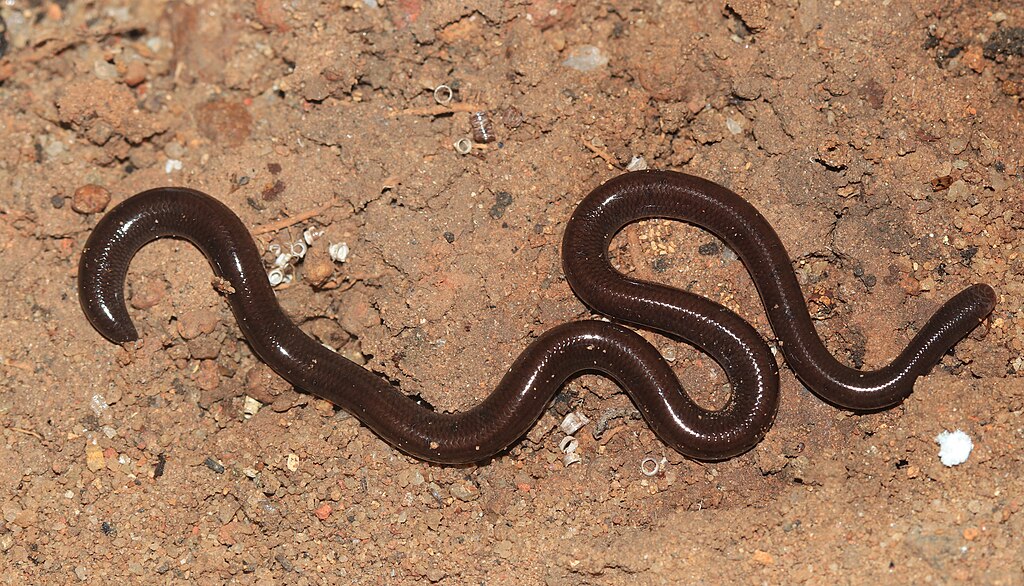In the harsh, often uninhabitable landscapes created by volcanic activity, one would hardly expect to find thriving wildlife, let alone reptiles. Yet, nature continues to surprise us with its remarkable adaptability. The Brahminy Blind Snake (Indotyphlops braminus), commonly known as the Flowerpot Snake, has developed an extraordinary ability to survive in volcanic soil. This remarkable creature has evolved unique physiological and behavioral adaptations that allow it to not only endure but thrive in environments that would be lethal to most other reptiles. This diminutive serpent presents a fascinating case study in evolutionary resilience and demonstrates how life finds a way even in the most challenging conditions.
The Extraordinary Brahminy Blind Snake
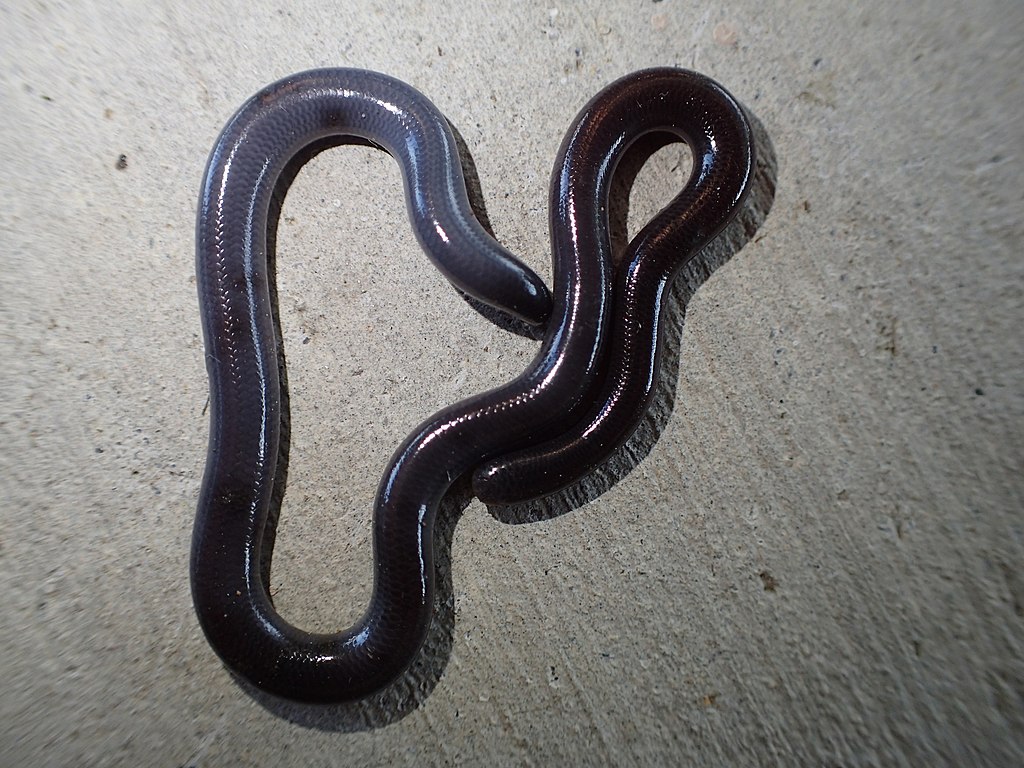
The Brahminy Blind Snake is one of the world’s smallest snake species, typically measuring just 2-6 inches in length and about as thick as a spaghetti noodle. Despite its name, it isn’t completely blind but has severely reduced eyes that appear as small dark spots, covered by scales that allow it to detect light and dark but not form images. Its body is smooth, shiny, and uniformly colored—usually dark brown, purplish-black, or silvery-gray—giving it a worm-like appearance that often leads to misidentification. Uniquely among snakes, this species consists almost entirely of females that reproduce through parthenogenesis, meaning they can produce offspring without mating, which has contributed significantly to their successful colonization of various challenging habitats worldwide.
Volcanic Soil: An Extreme Habitat
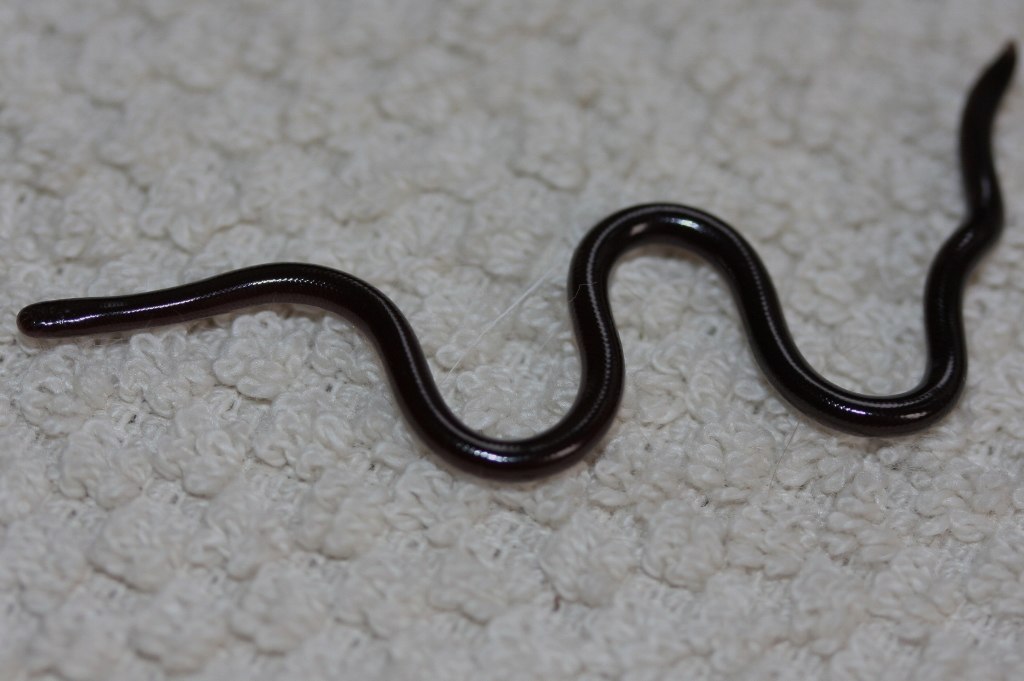
Volcanic soil, also known as andisol, presents a uniquely challenging environment for most living organisms. These soils typically feature high temperatures, potentially toxic mineral concentrations, elevated acidity levels, and often poor nutrient availability for sustaining life. Fresh volcanic deposits can reach temperatures that would be fatal to most reptiles, sometimes exceeding 50°C (122°F) near the surface. Additionally, volcanic environments frequently emit harmful gases like sulfur dioxide and hydrogen sulfide that create hostile conditions for respiratory systems. Despite these extreme conditions, the Brahminy Blind Snake has adapted physiological mechanisms that allow it to navigate and establish populations in these seemingly inhospitable terrains across volcanic regions of the Pacific Ring of Fire.
Physiological Adaptations for Heat Tolerance

The Brahminy Blind Snake possesses remarkable physiological adaptations that enable it to withstand the elevated temperatures of volcanic soil. Its cellular structure includes specialized heat shock proteins that prevent protein denaturation at temperatures that would be lethal to most reptiles. The snake’s metabolic processes have evolved to function efficiently even when environmental temperatures fluctuate dramatically. Additionally, its skin has developed unique properties that reduce water loss in hot environments, allowing it to maintain hydration despite the often-dry conditions of volcanic terrains. These physiological mechanisms collectively create a thermal tolerance that far exceeds that of most other snake species, making it uniquely equipped for life in volcanic habitats.
Specialized Respiratory System
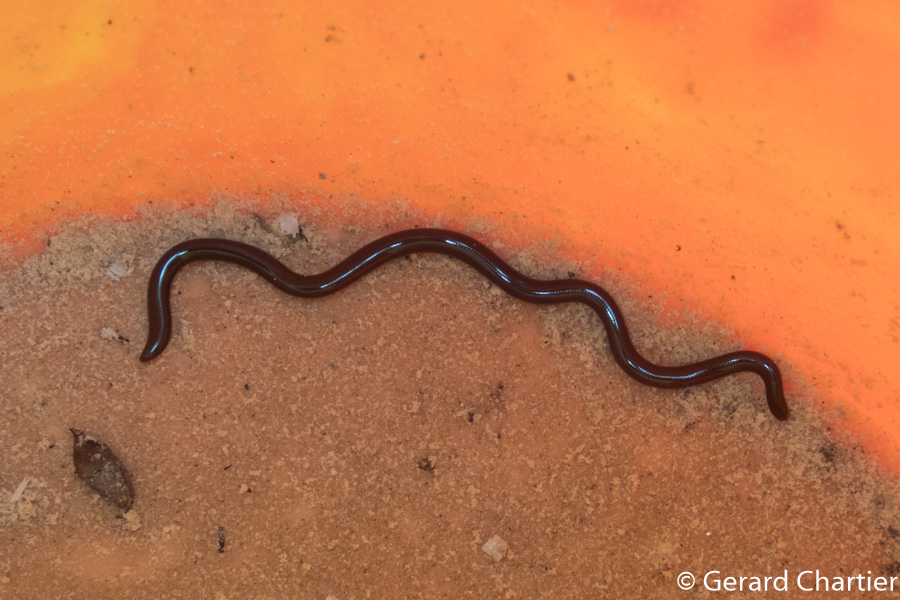
One of the most remarkable adaptations of the Brahminy Blind Snake is its specialized respiratory system that allows it to survive in volcanic environments where toxic gases are common. Unlike most reptiles, this snake has developed a higher tolerance for carbon dioxide and can function with lower oxygen levels than would be required by other species. Its lungs have evolved with specialized features that filter out certain harmful particulates common in volcanic environments. The snake’s slow metabolic rate also contributes to its reduced oxygen requirements, allowing it to thrive in conditions where other animals would quickly suffocate. This respiratory efficiency represents a crucial evolutionary advantage in colonizing volcanic habitats.
Burrowing Behavior as a Survival Strategy
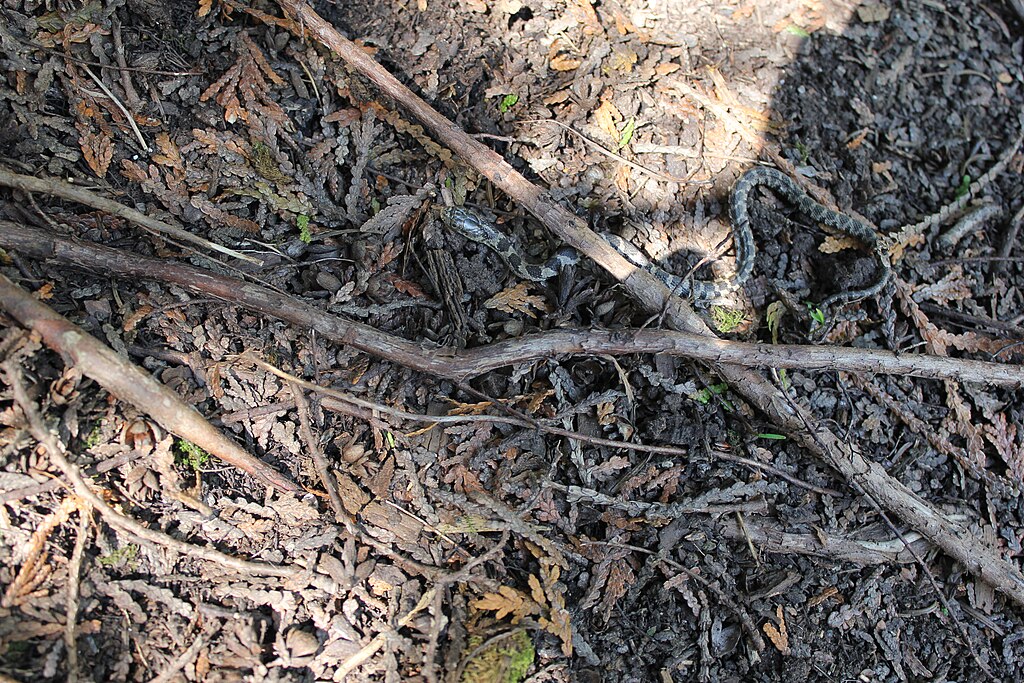
The Brahminy Blind Snake’s fossorial (burrowing) lifestyle plays a crucial role in its ability to survive in volcanic soil. By spending most of its life underground, the snake avoids the most extreme surface temperatures and harmful UV radiation. Its streamlined, cylindrical body and reinforced skull are perfectly adapted for efficient burrowing through compacted volcanic soil without requiring the energy expenditure needed by larger species. The snake navigates through existing channels created by plant roots, insect tunnels, and natural soil fissures, allowing it to access deeper, more stable soil layers. This subterranean existence provides a protective buffer against the volatile surface conditions of volcanic environments, including sudden temperature changes or gas emissions.
Diet Adaptations in Volcanic Environments
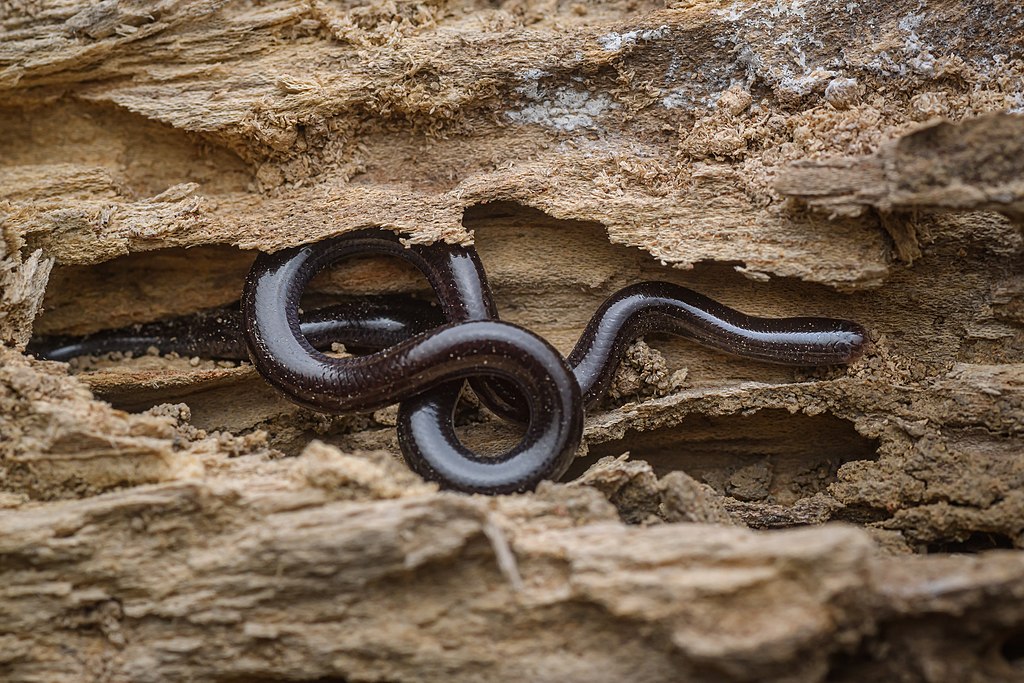
The Brahminy Blind Snake has developed specialized dietary adaptations that allow it to thrive in nutrient-poor volcanic habitats. It primarily feeds on the eggs and larvae of ants and termites, which are often among the first invertebrates to colonize volcanic soil due to their own remarkable adaptability. The snake’s small size and minimal energy requirements mean it can survive on very small quantities of food compared to larger reptiles. Its jaw structure and digestive system efficiently process these prey items, extracting maximum nutrition from minimal resources. Additionally, this snake has evolved to safely consume prey that may themselves contain elevated levels of certain minerals present in volcanic soil, effectively processing these substances without suffering toxic effects.
Global Distribution Through Volcanic Islands
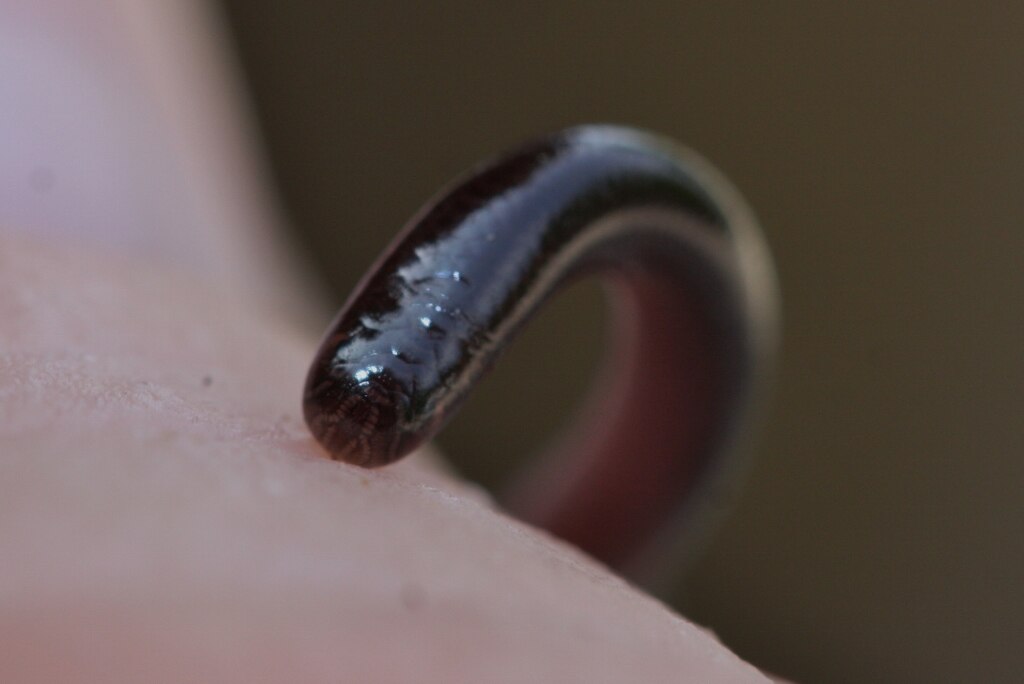
The Brahminy Blind Snake has achieved a remarkable global distribution, in part through its ability to colonize volcanic islands. Originally native to parts of Asia and Africa, this species now inhabits volcanic regions across the Pacific, including Hawaii, Fiji, and parts of Japan. Its parthenogenetic reproduction means that a single individual can establish an entire population, making it particularly successful at colonizing isolated volcanic environments. The snake has been documented arriving on new volcanic islands in plant soil moved for agricultural or ornamental purposes, earning its nickname “Flowerpot Snake.” This impressive distribution showcases not only the snake’s adaptability to volcanic habitats but also its opportunistic colonization strategies that have made it one of the most widely distributed terrestrial snake species in the world.
The Role of Parthenogenesis in Volcanic Colonization
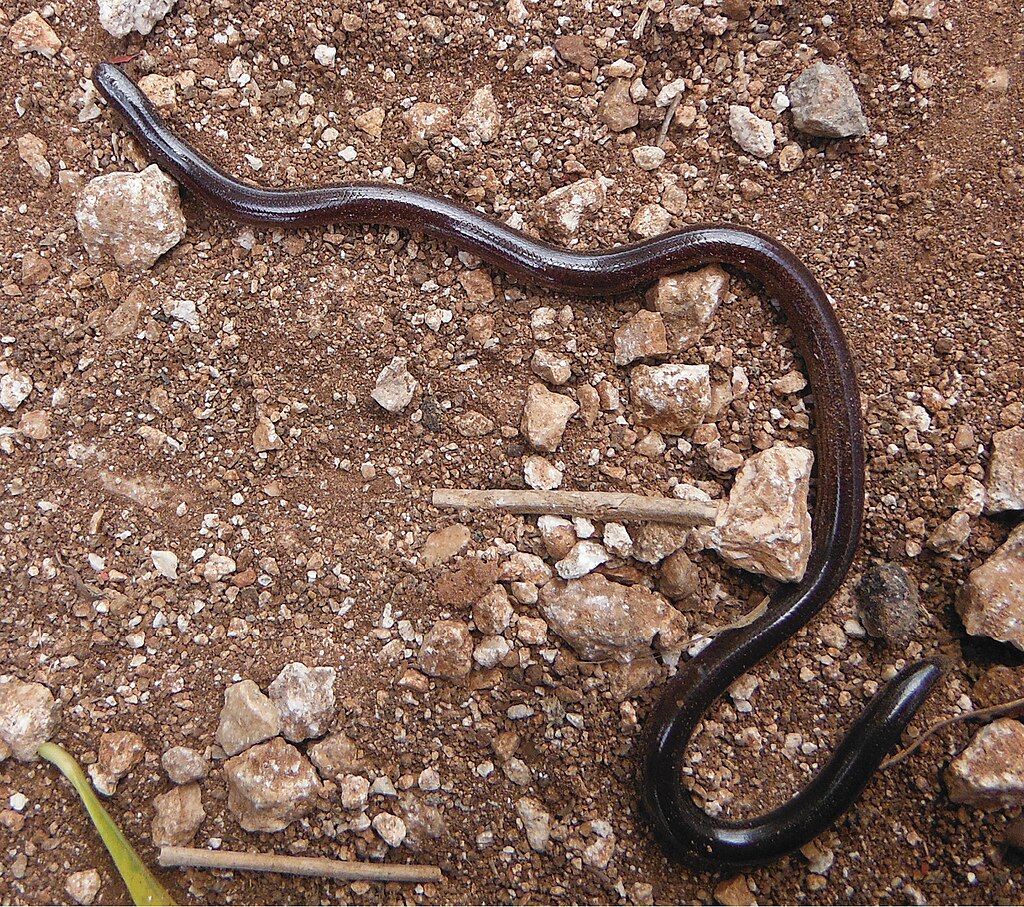
Parthenogenesis—reproduction without fertilization—gives the Brahminy Blind Snake a significant advantage in colonizing volcanic habitats. This reproductive strategy means that a single female can establish an entire population without the need for a mate, crucial for colonizing isolated volcanic islands or newly formed volcanic terrain. The offspring produced through parthenogenesis are genetic clones of the mother, which ensures that any adaptations beneficial for volcanic soil survival are passed directly to the next generation without genetic dilution. This reproductive efficiency has allowed the snake to rapidly establish populations in new volcanic habitats across the globe. Additionally, parthenogenesis eliminates the energy expenditure associated with finding mates, enabling individuals to direct more resources toward survival in challenging volcanic conditions.
Scientific Research and Discovery History
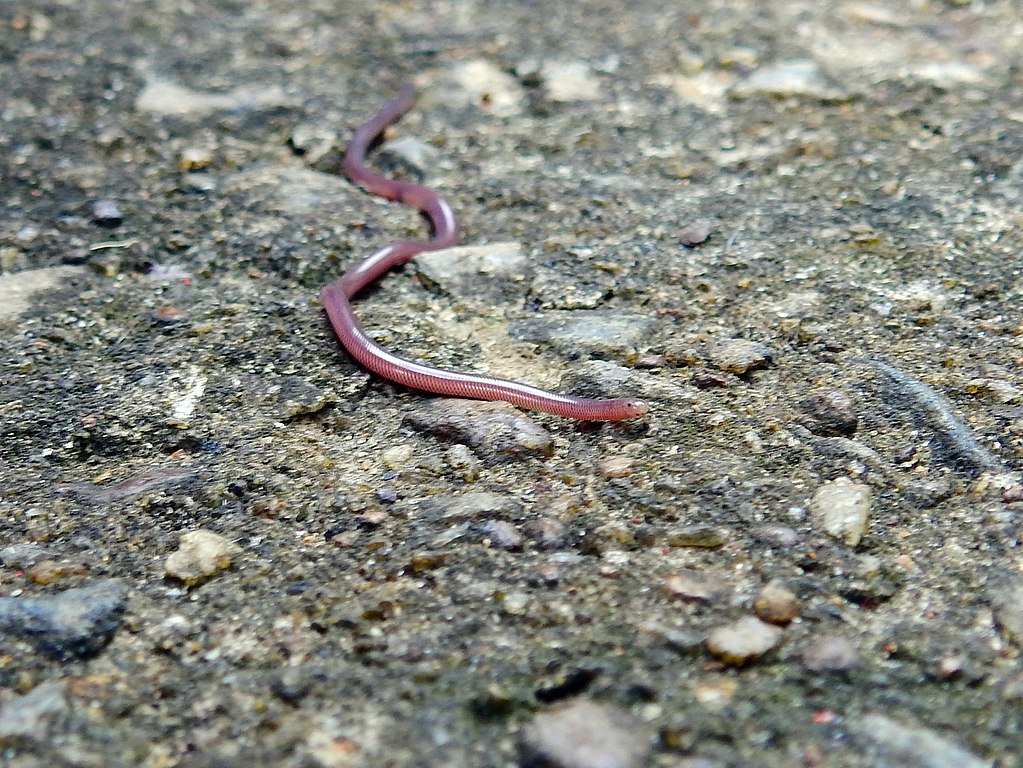
The ability of the Brahminy Blind Snake to survive in volcanic soil was first documented by herpetologists in the mid-20th century, though indigenous knowledge of this capability likely existed much earlier in volcanic regions of Asia. Formal scientific studies began in Hawaii after researchers noticed the snake’s prevalence in agricultural areas with recent volcanic activity. In the 1980s, comprehensive research by Dr. Marian Griffiths documented the snake’s heat tolerance and unique physiological adaptations that allowed it to thrive in volcanic environments. Modern genetic studies have further revealed how specific gene expressions are activated in response to the challenges of volcanic habitats, providing insight into the evolutionary processes that shaped this remarkable adaptation. The ongoing research into this species continues to yield valuable information about evolutionary responses to extreme environments and climate change resilience.
Ecological Impact in Volcanic Ecosystems
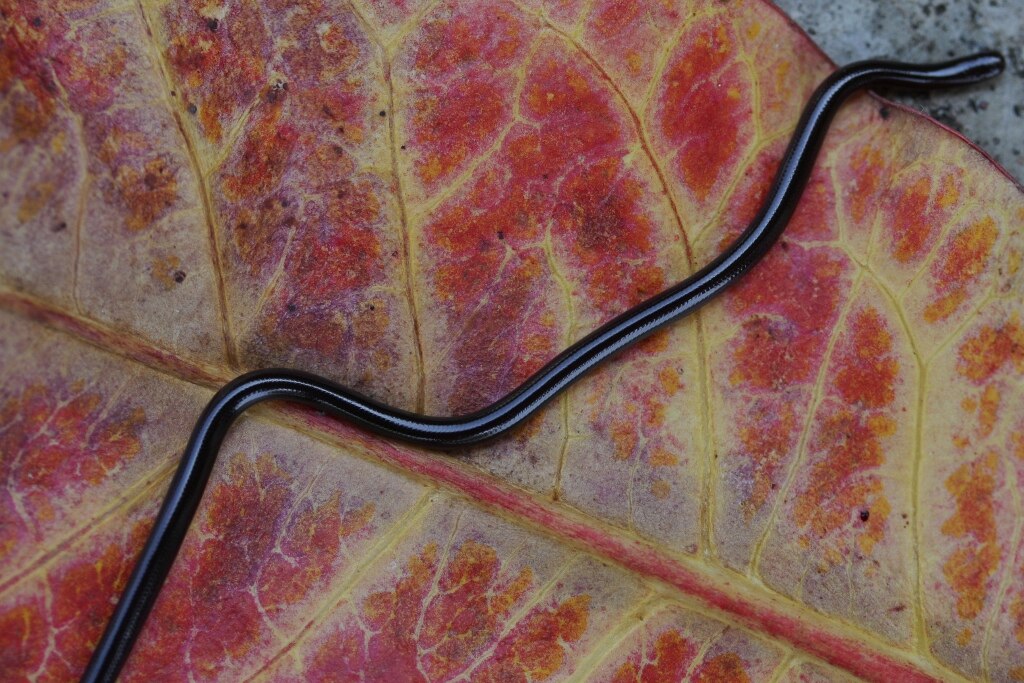
Despite its small size, the Brahminy Blind Snake plays a significant ecological role in volcanic ecosystems as an early colonizer that contributes to soil development. By burrowing through volcanic soil, it assists in aeration and the mixing of organic materials, facilitating the establishment of plant life in these challenging environments. The snake’s consumption of ant and termite eggs helps regulate insect populations, maintaining a crucial balance in developing ecosystems. Additionally, its tunneling activities create pathways that help water penetrate deeper into volcanic soil, supporting hydration for emerging plant communities. As one of the few vertebrate species capable of thriving in new volcanic formations, this snake represents an important component in the progression of ecological succession following volcanic events.
Conservation Status and Threats

The Brahminy Blind Snake currently maintains a “Least Concern” conservation status due to its widespread distribution and remarkable adaptability. However, specific populations in volcanic habitats face localized threats that deserve attention from conservation biologists. Habitat modification through mining of volcanic soil for agricultural purposes has disrupted some established populations. Climate change presents an emerging threat, as alterations in temperature and precipitation patterns may push even this adaptable species beyond its physiological limits in certain regions. Additionally, the introduction of predatory species to volcanic islands, particularly certain ant species that target the snake’s eggs, has negatively impacted some isolated populations. Conservation efforts focus primarily on habitat protection in key volcanic ecosystems and monitoring population dynamics in response to environmental changes.
Future Research Directions

The remarkable adaptability of the Brahminy Blind Snake to volcanic environments offers numerous promising avenues for future scientific investigation. Researchers are particularly interested in the potential medical applications of the snake’s heat shock proteins, which might inform treatments for conditions involving protein misfolding. Environmental scientists are studying the snake’s ecosystem engineering effects to understand how it might facilitate restoration of damaged volcanic habitats. Evolutionary biologists continue to investigate the genetic mechanisms behind its extreme environmental tolerance, seeking insights into rapid adaptation that could inform conservation strategies for other species facing climate change. Additionally, ongoing monitoring of this species across various volcanic regions provides a valuable indicator of ecosystem health and recovery following volcanic disturbances, making it an important subject for long-term ecological research programs.
Conclusion
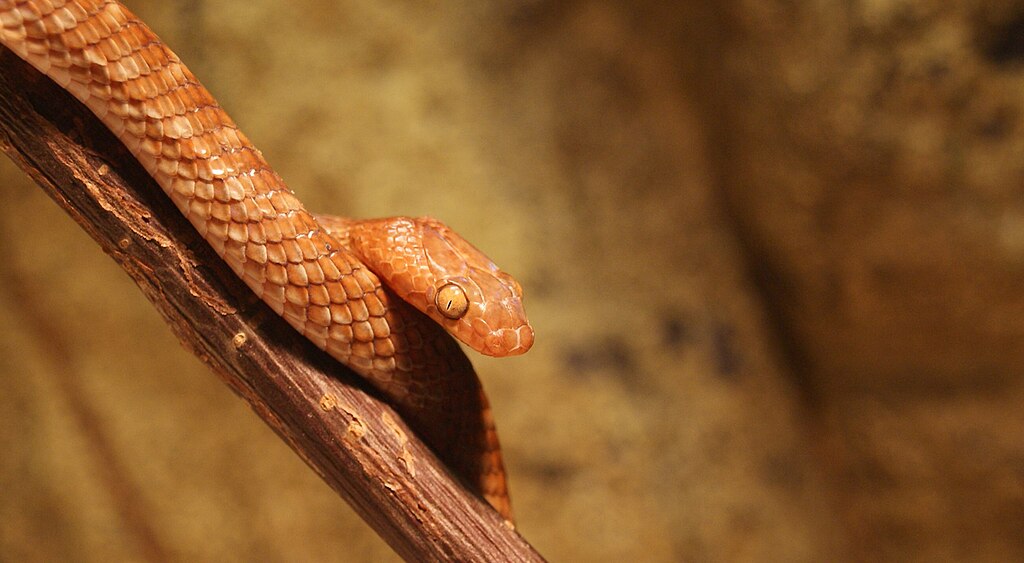
The Brahminy Blind Snake represents one of nature’s most remarkable examples of extreme adaptation. Its ability to survive and thrive in volcanic soil—an environment hostile to most vertebrate life—showcases the extraordinary potential of evolutionary processes. Through specialized physiological adaptations, behavioral strategies, and reproductive efficiency, this diminutive reptile has conquered some of Earth’s most challenging habitats. As we continue to study this remarkable species, we gain valuable insights not only into the resilience of life but also potential applications for human challenges, from medical treatments to environmental restoration. The story of the snake that can survive in volcanic soil reminds us that even in the most extreme environments, life finds ingenious paths to survival, offering inspiration and knowledge that extends far beyond herpetology.

